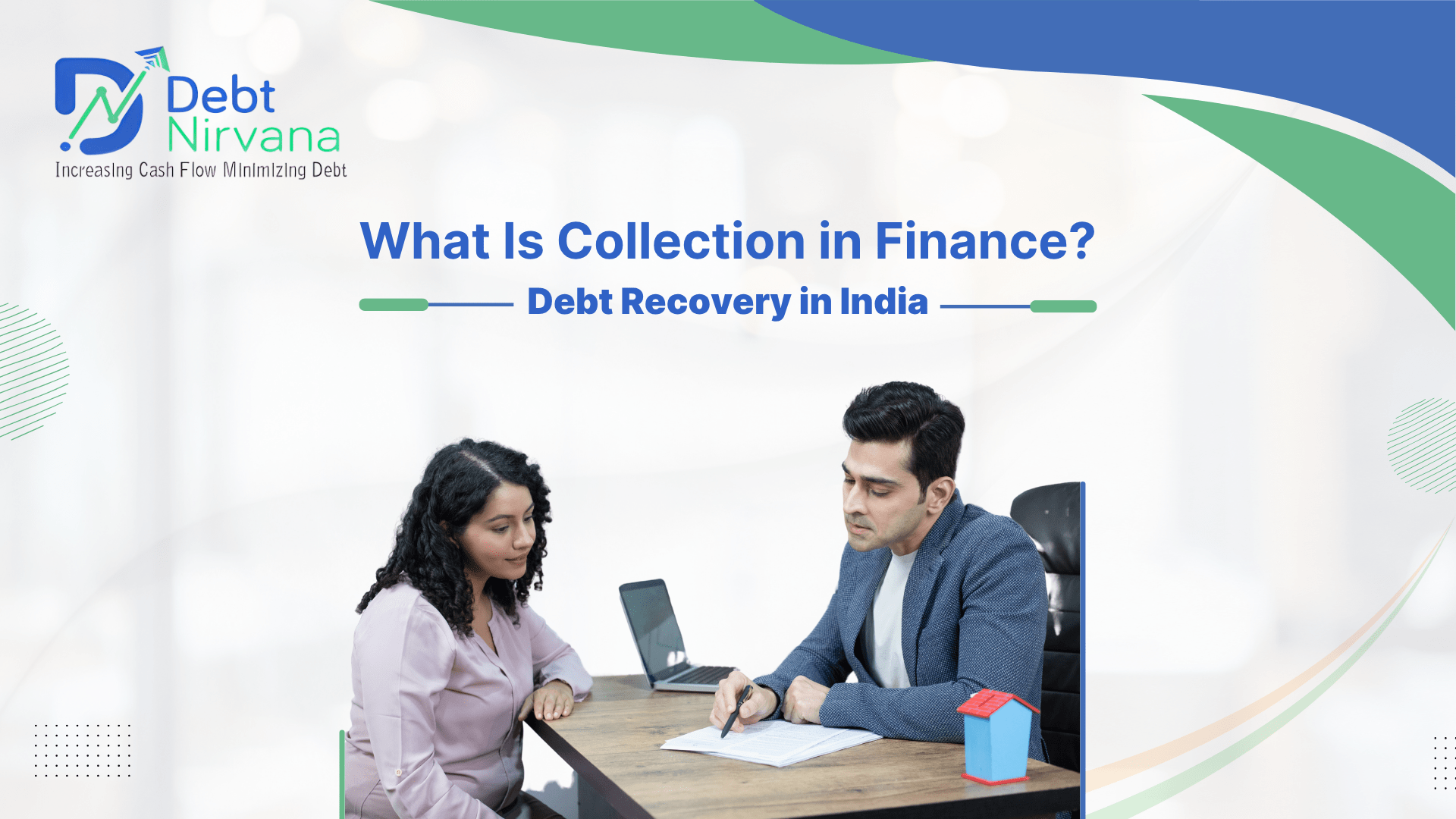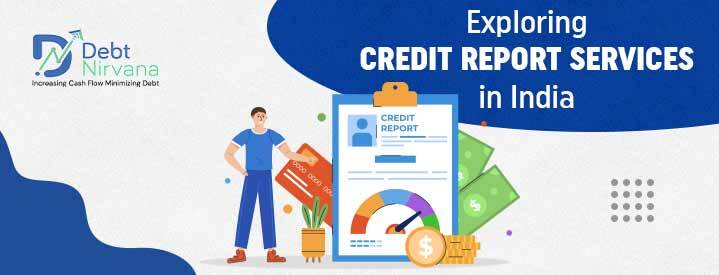
5 Debt Collection Acronyms You Must Know About
Most people believe they are familiar with common abbreviations and terminology. But then again, every sector has its own set of jargon and acronyms.
And the debt collection sector is no exception. You’re bound to hear some unfamiliar phrases whether you work with your accounts receivable department or a Debt Collection Company. But you should never feel ashamed to ask someone to define words you don’t understand.
In this blog, we have highlighted the five most popular debt-collecting acronyms you should be aware of.
5 Most Common Debt Collection Acronyms You Must Know
1. CEI
The Collection Effectiveness Index. Organizations use this measurement to assess the success of their collection operations. Many believe the CEI is more accurate than the DSO (see below). CEI is calculated as the sum of initial receivables and monthly credit sales less ending total receivables. After that, divide that amount by the total of the opening receivables and the monthly credit sales less the current closing receivables. For a percentage, multiply the result by 100. The closer your percentage is to 100%, the more effective your efforts will be.
2. DSO
The Days Sales Outstanding. DSO is known as the average number of days it takes for a business to collect income after a sale. It can be computed monthly, quarterly, or annually. A simple formula divides the amount of accounts receivable for a particular period by the total value of credit sales over the same period. And then multiply the outcome by the number of days in the period measured.
3. EOM
The End of the Month. This is a typical invoice phrase. It is critical to define whether payment is due at a given point in the month or after a set number of days. However, it’s common to use a MOM (Middle of the Month) payment date as a perk for a discount.
4. NSF
Non-Sufficient Fund. It indicates insufficient funds in the bank account of the check writer. It is essential to understand why a check “bounces.” NSF is not the only reason for check bounce. We also encountered the reasons like “account closed” and “account could not be located.” And understanding the true issue at hand while trying to collect payment is crucial for developing a workable solution.
5. ROI
Return on Investment. It is a common business word that is highly pertinent in debt collection. Normally, ROI is determined by deducting the initial investment from the final value. However, when it comes to collections, it’s crucial to take into account how many staff hours you are spending attempting to collect on an overdue payment.
Conclusion
We hope that the information in this blog will help you better comprehend collection jargon while dealing with collection agencies. And If you are seeking a qualified debt collection agency, Debt Nirvana is the best option. We have extensive knowledge and great expertise in 3rd party debt collection. At Debt Nirvana, you will receive the best debt-collecting service in India. To leverage our services or learn more about us, please get in touch with us at rvm@debtnirvana.com.




